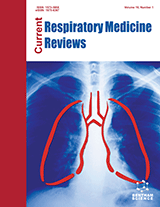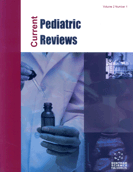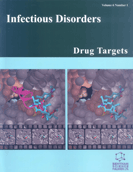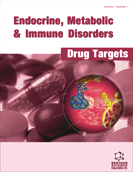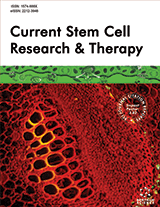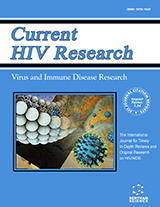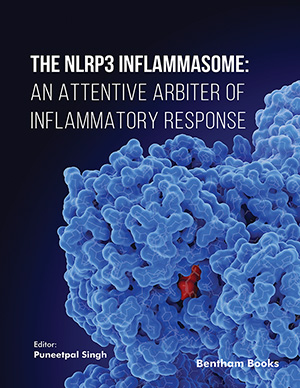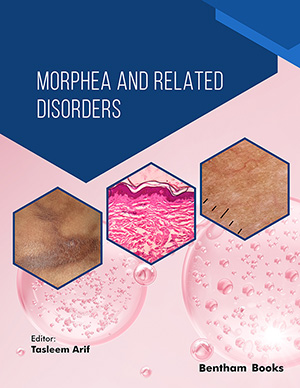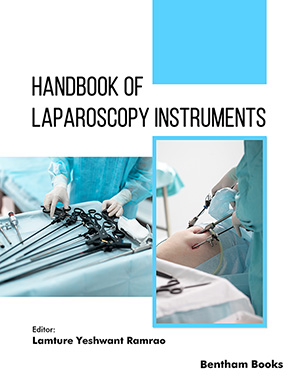Abstract
Background: Self-inflicted eye injuries are not common but constitute one of the main forms of non-suicidal self-injuries (NSSI). They can be seen in a variety of psychiatric conditions.
Method: This article presents a case report of a 14 year old female patient with major depressive disorder, features of borderline personality disorder, and a history of trauma. We review the literature on self-inflicted eye injuries and non-suicidal self-injury and discuss the relevance to this case.
Summary: The patient sustained bilateral self-inflicted ocular perforation with leakage of vitreous humor. She denied any intention to commit suicide and had no clear immediate precipitant triggering the incident. The patient was hospitalized with a plan to transfer to a residential treatment center for intensive dialectical behavioral therapy (DBT).
Discussion: The case discussed here appears to fit best into the impulsive NSSI category of the medical descriptive model. The first line treatment for this condition is psychotherapy. Several psychodynamic and biochemical theories have been proposed to describe the mechanism of this psychopathology; however, none have been conclusive.
Keywords: Adolescent, female adolescent, non-suicidal self-injury, self-inflicted ocular perforation.
Adolescent Psychiatry
Title:Self-inflicted Bilateral Ocular Perforation in an Adolescent Patient with Major Depressive Disorder and Borderline Personality Traits
Volume: 5 Issue: 1
Author(s): Mfon Inyang and Liwei L. Hua
Affiliation:
Keywords: Adolescent, female adolescent, non-suicidal self-injury, self-inflicted ocular perforation.
Abstract: Background: Self-inflicted eye injuries are not common but constitute one of the main forms of non-suicidal self-injuries (NSSI). They can be seen in a variety of psychiatric conditions.
Method: This article presents a case report of a 14 year old female patient with major depressive disorder, features of borderline personality disorder, and a history of trauma. We review the literature on self-inflicted eye injuries and non-suicidal self-injury and discuss the relevance to this case.
Summary: The patient sustained bilateral self-inflicted ocular perforation with leakage of vitreous humor. She denied any intention to commit suicide and had no clear immediate precipitant triggering the incident. The patient was hospitalized with a plan to transfer to a residential treatment center for intensive dialectical behavioral therapy (DBT).
Discussion: The case discussed here appears to fit best into the impulsive NSSI category of the medical descriptive model. The first line treatment for this condition is psychotherapy. Several psychodynamic and biochemical theories have been proposed to describe the mechanism of this psychopathology; however, none have been conclusive.
Export Options
About this article
Cite this article as:
Inyang Mfon and L. Hua Liwei, Self-inflicted Bilateral Ocular Perforation in an Adolescent Patient with Major Depressive Disorder and Borderline Personality Traits, Adolescent Psychiatry 2015; 5 (1) . https://dx.doi.org/10.2174/221067660501150427113437
| DOI https://dx.doi.org/10.2174/221067660501150427113437 |
Print ISSN 2210-6766 |
| Publisher Name Bentham Science Publisher |
Online ISSN 2210-6774 |
 34
34
- Author Guidelines
- Graphical Abstracts
- Fabricating and Stating False Information
- Research Misconduct
- Post Publication Discussions and Corrections
- Publishing Ethics and Rectitude
- Increase Visibility of Your Article
- Archiving Policies
- Peer Review Workflow
- Order Your Article Before Print
- Promote Your Article
- Manuscript Transfer Facility
- Editorial Policies
- Allegations from Whistleblowers
- Announcements
Related Articles
-
Fluorinated Molecules as Drugs and Imaging Agents in the CNS
Current Topics in Medicinal Chemistry CRISPR/Cas9 Genome Editing: A Promising Tool for Therapeutic Applications of Induced Pluripotent Stem Cells
Current Stem Cell Research & Therapy PET and SPECT Radiotracers for Alzheimer's Disease
Current Medicinal Chemistry Harmaline and its Derivatives Against the Infectious Multi-Drug Resistant Escherichia coli
Medicinal Chemistry A Systematic Review on Donepezil-based Derivatives as Potential Cholinesterase Inhibitors for Alzheimer’s Disease
Current Medicinal Chemistry Anatomical Approach to Clinical Problems of Popliteal Fossa
Current Rheumatology Reviews Cerebral Artery Vasoconstriction is Endothelin-1 Dependent Requiring Neurogenic and Adrenergic Crosstalk
Current Neurovascular Research A Scientometrics Analysis and Visualization of Depressive Disorder
Current Neuropharmacology A Refined Framework for Precision and Translational Proteomics in Clinical Research
Current Proteomics Non-Enzymatic Protein Acetylation by 7-Acetoxy-4-Methylcoumarin: Implications in Protein Biochemistry
Protein & Peptide Letters Recent In Silico Research in High-Throughput Drug Discovery and Molecular Biochemistry
Current Topics in Medicinal Chemistry Recent Advances in the Chemistry and Synthesis of Thienopyrazine, Pyrrolopyrazine and Furopyrazine Derivatives
Current Organic Chemistry Analysis of Genetic Polymorphisms in Acetylcholinesterase as Reflected in Different Populations
Current Alzheimer Research Design and Analysis of a Dual-Mode MEMS Micromirror
Micro and Nanosystems Round and Round we Go: Cyclic Peptides in Disease
Current Medicinal Chemistry Effect of Trichostatin A on Gelsolin Levels, Proteolysis of Amyloid Precursor Protein, and Amyloid Beta-Protein Load in the Brain of Transgenic Mouse Model of Alzheimer's Disease
Current Alzheimer Research Editorial [Hot Topic: Stem Cells (Guest Editor: Anand Srivastava)]
Current Topics in Medicinal Chemistry Classification of Peptides According to their Blood-Brain Barrier Influx
Protein & Peptide Letters A More Radical Solution
Reviews on Recent Clinical Trials Cloning, Expression and Characterization of Mouse (Mus musculus) Nicotinamide 5-Mononucleotide Adenylyltransferase-2
Medicinal Chemistry






